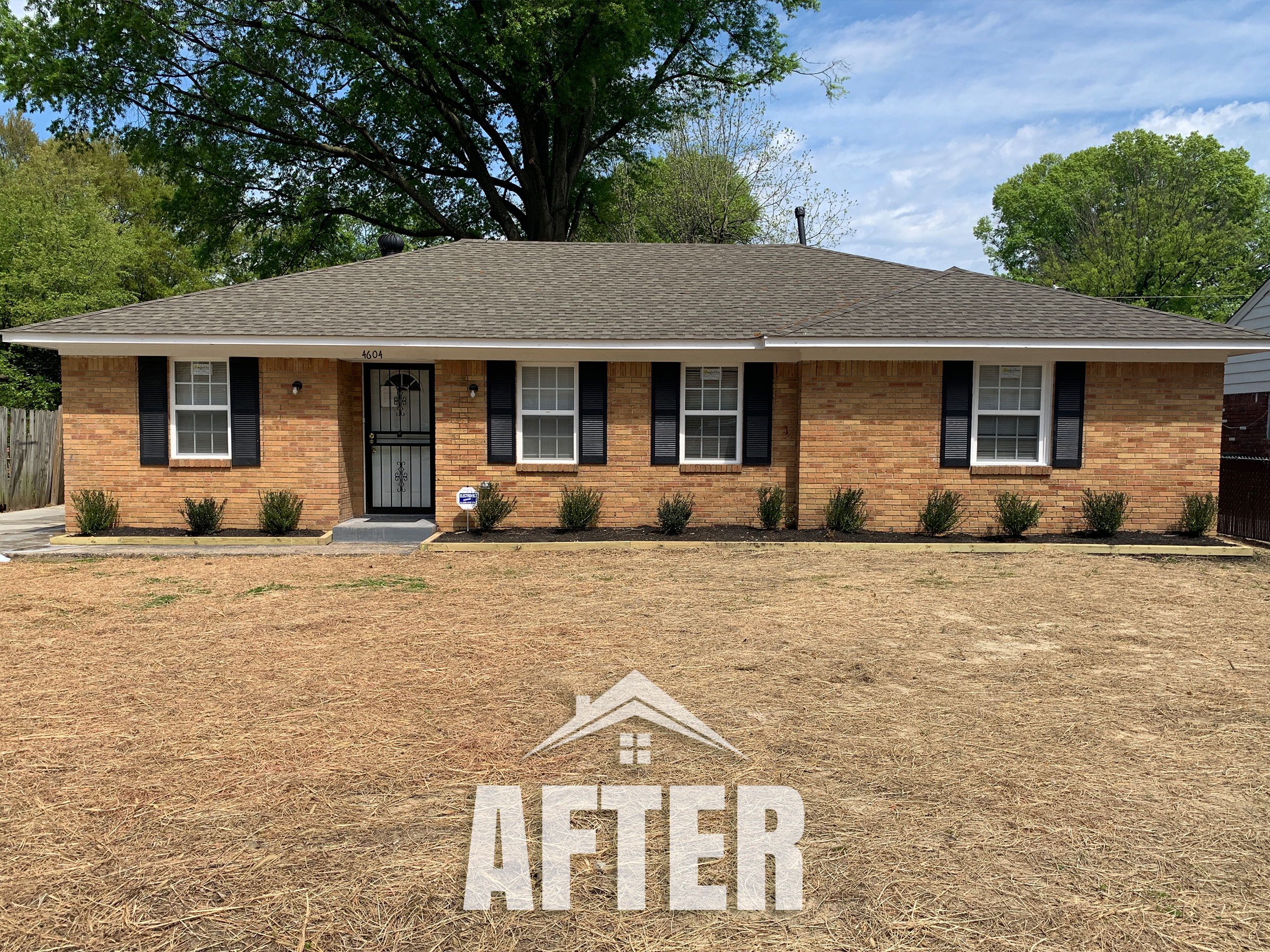As time passes, we’re seeing more encouraging information about the state of the real estate market versus the fearful predictions of a few months ago. That said, there’s no doubt that the COVID-19 pandemic has and will continue to impact real estate. For real estate investors, the question is less about whether to invest, but how one’s strategy needs to adjust to changing priorities and both economic and market conditions.
Some real estate investors will struggle. Their strategies might not allow them to bounce back so quickly. Those who invest in vacation homes, multifamily properties, or more “hands-on” models of real estate investment will face significant challenges in the coming months as priorities shift to emphasize health and affordability.
Passive real estate investors — specifically, passive investors who target single-family rentals — will, on the other hand, find plenty of ways to come out on top.
This is because a passive, single-family real estate investment strategy provides a few unique advantages over recent market fluctuations.
3 Reasons Passive & Single-Family Investing Wins in the Wake of Coronavirus
We have to note — we don’t know that this will be every passive, single-family investor’s experience. However, based on our values and priorities at REI Nation as a company that serves such investors, we know that this is how we operate, what we hope for, and how we strategize when bringing our investors the best passive opportunities in the nation.
1) Smart Market Selection
In the middle of economic upheaval, regardless of the cause, the markets in which you invest can make or break your investment success. The economy, specifically the job market, is directly tied to the success of a real estate market. Jobs bring in population and wealth growth, which in turn leads to real estate demand and the ability to afford said real estate.
In April 2020, the United States lost a combined 13 percent of all jobs, resulting in an unemployment rate of 14.7 percent. The highest ever recorded U.S. unemployment rate was 19.8 percent in 1939. That means that April 2020 marked the largest percentage of unemployed Americans since the Great Depression — and by a long shot.
Of course, these rates of job loss and unemployment varied between markets. The worst-hit markets were cities like Detroit, New York City, and Las Vegas, all of which lost some twenty percent of jobs. Markets like Houston and Dallas, along with other big Texas markets, saw a drop more around 8 percent.
The markets most vulnerable to job loss and lasting economic repercussions are those with a high percentage of retail, hospitality, and restaurant jobs — the sectors most directly impacted by coronavirus.
For the investor, time will tell how deep and lasting these effects are. Ultimately, we see that markets with strong economic diversity and a previously existing strong job market are those faring best right now — and that points to investment opportunity and stability.
2) A Long-Haul Mentality
One of the passive real estate investor’s best assets is the luxury of patience. Short-term investors are swayed by the turning tides of the real estate cycle, controlled by market conditions, and left anxious about their outcomes in uncertain times. When investors take a long-term approach, as passive investors do, it is less about the day-to-day climate of the real estate market and more about the long-term building of equity and passive cash flow.
Be sure to check out: Manage Risk By Investing in Real Estate Long-Term
This means that we can afford to be patient. While time is of the essence as far as investing early and often go, we don’t have to be fearful of changing economic conditions or timing the market. We have the room to wait until the time is right — but in general, timing is far smaller a consideration that the lasting quality of an investment.
3) Healthy Distance
With health concerns top-of-mind, it’s safe to say that the demand for single-family rentals will overtake the desire for multifamily units. Less densely populated markets, in general, will likely fare better. The pandemic has renters rethinking their proximity to neighbors. In fact, single-family rentals were one of the few asset classes that actually saw an increase in demand in the midst of the pandemic. The demand for these SFR portfolios actually jumped by 650 percent. Of course, this is reflective of the performance of such investment properties.
SFRs saw an uncollected rent rate of 5 percent (by the way, the rate at REI Nation has been lower than the average since COVID-19 disrupted the financial security of many residents) while multifamily units saw an uncollected rent rate of 24 percent. Part of this has to do with the fact that the residents in single-family rentals are more likely to be families versus individuals. This also factors into the longevity and lower rates of resident turnover in single-family investments.
All-in-all, single-family real estate investors are seeing their opportunities grow in the wake of the pandemic. While these are trying times, you can have peace-of-mind in knowing that your investment strategy prevails when it is all said and done.
Start investing in passive SFR real estate today!











